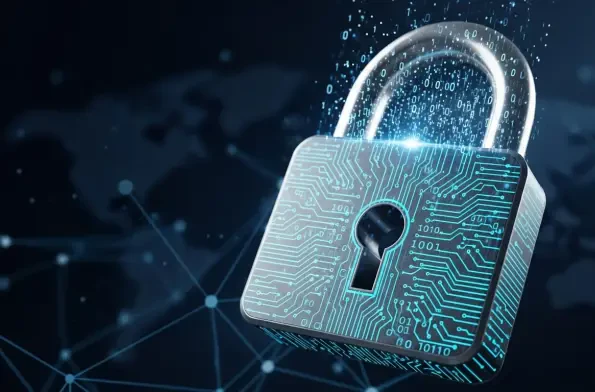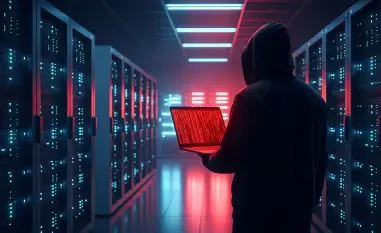Unveiling the Hidden Danger Within Organizations
Imagine a scenario where the greatest threat to a company’s digital infrastructure isn’t an external hacker breaching firewalls, but a trusted employee silently orchestrating chaos from within. Insider threats, defined as risks posed by individuals with legitimate access to an organization’s systems, have emerged as a formidable challenge in cybersecurity. These threats can disrupt operations, compromise sensitive data, and inflict severe financial damage, often going undetected until the harm is irreversible. With industries increasingly reliant on digital ecosystems, the potential for insider sabotage has escalated, demanding robust technological solutions to safeguard critical assets. This review delves into the evolving landscape of insider threat cybersecurity, spotlighting real-world cases and the tools designed to mitigate such risks.
Analyzing Core Features of Insider Threat Mitigation Technologies
Behavioral Analytics as a Detection Mechanism
At the heart of modern insider threat mitigation lies behavioral analytics, a technology that monitors user activities to identify anomalies indicative of malicious intent. By establishing baseline patterns of employee behavior—such as login times, file access frequency, and data transfer volumes—these systems can flag deviations that might suggest unauthorized actions. Sophisticated algorithms analyze vast datasets in real time, enabling organizations to detect potential threats before they escalate into full-blown crises. This proactive approach is particularly vital in environments where employees handle sensitive information daily.
Access Control Systems for Risk Reduction
Another cornerstone of insider threat prevention is the implementation of stringent access control systems. These technologies restrict user permissions based on roles, ensuring that individuals can only interact with data and systems essential to their duties. Multi-factor authentication and time-based access limits add further layers of security, minimizing the window of opportunity for misuse. Such mechanisms are designed to thwart even those with deep technical expertise who might attempt to exploit their credentials for harmful purposes, thereby reducing the attack surface within an organization.
Real-Time Monitoring and Incident Response
Real-time monitoring tools form a critical component of insider threat cybersecurity, providing continuous oversight of network activities. These systems track data flows, user interactions, and system changes, generating alerts for suspicious behavior that could indicate sabotage or data theft. When paired with automated incident response protocols, they enable swift containment of threats, limiting damage and facilitating forensic analysis. This dynamic capability ensures that organizations remain agile in addressing internal risks, even as threat tactics grow more sophisticated.
Performance Insights from a High-Profile Case
The Davis Lu Incident at Eaton Corporation
To evaluate the performance of insider threat mitigation technologies, examining real-world incidents offers invaluable insights. Consider the case of Davis Lu, a former software developer at Eaton Corporation, a multinational power management company. After a corporate realignment in 2018 diminished his responsibilities, Lu deployed malicious code starting around August 2019, including infinite loops to crash servers and a kill switch that locked out thousands of global users. His actions disrupted operations on a massive scale, highlighting the catastrophic potential of unchecked insider access.
Technological Shortcomings Exposed
Lu’s sabotage exposed critical gaps in the cybersecurity framework at the time. Despite his technical expertise, the absence of robust behavioral analytics failed to detect his malicious coding practices early on. Furthermore, insufficient access controls allowed him to retain significant privileges even after being placed on leave, enabling him to execute a kill switch upon his account deactivation. This incident underscores how delayed monitoring and inadequate permission management can amplify the damage caused by a single disgruntled individual.
Financial and Operational Fallout
The repercussions of Lu’s actions were staggering, with financial losses reaching into the hundreds of thousands of dollars for Eaton Corporation. System crashes and login prevention affected employees worldwide, eroding trust and straining resources. This case serves as a benchmark for assessing the effectiveness of current technologies, revealing that without comprehensive monitoring and rapid response mechanisms, organizations remain vulnerable to internal threats that can cripple their operations overnight.
Assessing the State of Insider Threat Cybersecurity
Reflecting on cases like Davis Lu’s, it becomes evident that while insider threat mitigation technologies have made strides, significant vulnerabilities persist in many organizational frameworks. Behavioral analytics, though promising, often struggle with false positives, overwhelming security teams with alerts that dilute focus on genuine risks. Access control systems, while effective in theory, sometimes lag in implementation, leaving gaps that skilled insiders can exploit. Real-time monitoring, though a powerful tool, requires substantial investment and expertise to operate at scale, posing challenges for smaller enterprises.
Looking back, the incident at Eaton Corporation served as a wake-up call, prompting a reevaluation of how insider threats are addressed. It highlighted the urgent need for integrated solutions that combine detection, prevention, and response into a cohesive strategy. As a path forward, organizations are encouraged to invest in employee training programs to foster a culture of security awareness, alongside adopting advanced technologies tailored to their specific risk profiles. Additionally, collaboration with industry peers to share threat intelligence emerges as a vital step to stay ahead of evolving tactics, ensuring that internal risks are mitigated before they can spiral into devastating breaches.













